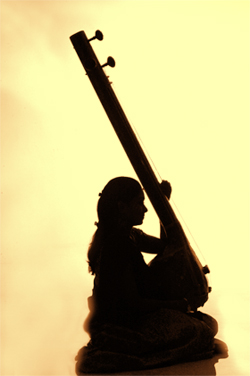

The shadja-grama is given by the following division: Sa of four shrutis, Ri of three shrutis, Ga of two shrutis, Ma of four shrutis, Pa of four shrutis, Da of three shrutis and Ni of two shrutis. The notes (swaras) are separated by intervals, as measured in shrutis. These can be further grouped into two gramas- shadja-grama and madhyama-grama. He formulates jatis, which are classes of melodic structures. 3 Ancient treatises on Indian classical music and performing artsīharata Muni uses shruti to mean the interval between two notes such that the difference between them is perceptible.2.13 Why performance analysis never gives true values for 22 Shrutis.2.11 Nomenclature of 22 Shrutis/Swaras in Carnatic Music and Hindustani Classical Music.2.10 Why does the Melakarta system (Carnatic) not have prescribed shrutis.2.9 A combination of ‘Shrutis’ and ‘Nadas’ is the back-bone of Gamakas, and Alankaras.2.5 22 Shrutis are a sub-set of Natural 7 Shrutis.2.3 The Evolution of 22 Shrutis from Shadja (Fundamental) and their natural arrangement on a string.2.2 Natural existence of 22 shrutis on a string.2.1 Identification of a shruti, distinct from nada.2 Relationship to dhwani, nada, and swara.Others include the rishabh in Bhairav, the nishad in Bhimpalasi and Miya Malhar, and the gandhar in Todi. The most well-known example of shrutis is probably the use of the ati-komal (extra flat) gandhar in raga Darbari. Recent research has more precisely defined the term shruti, its difference from nada and swara, and pinpointed positions on a string to play 22 shrutis. It has been used in several contexts throughout the history of Indian music. With the course of time(the present system), the Sa swar is relocated to the 1st shruti and whole svar saptak is constructed accordingly. Of the twenty two shruti, veena scholars identified the 4th shruti to be sa solfege, 7th to be re, 9th as ga, 13th as ma, 17th as pa, 20th to be dha and 22nd as ni shuddha swara. The Natya Shastra identifies and discusses twenty two shruti and seven swara per octave. A shruti is the smallest gradation of pitch available, while a swara is the selected pitches from which the musician constructs the scales, melodies and ragas. The swara differs from the shruti concept in Indian music. Chandogya Upanishad speaks of the division of the octave in 22 parts. The musical shruti concept is found in ancient and medieval Sanskrit texts such as the Natya Shastra, the Dattilam, the Brihaddeshi, and the Sangita Ratnakara. It is also an important concept in Indian music, where it means the smallest interval of pitch that the human ear can detect and a singer or musical instrument can produce and do nyaas(stay) on it. Shruti or śruti is a Sanskrit word, found in the Vedic texts of Hinduism where it means lyrics and "what is heard" in general.


 0 kommentar(er)
0 kommentar(er)
